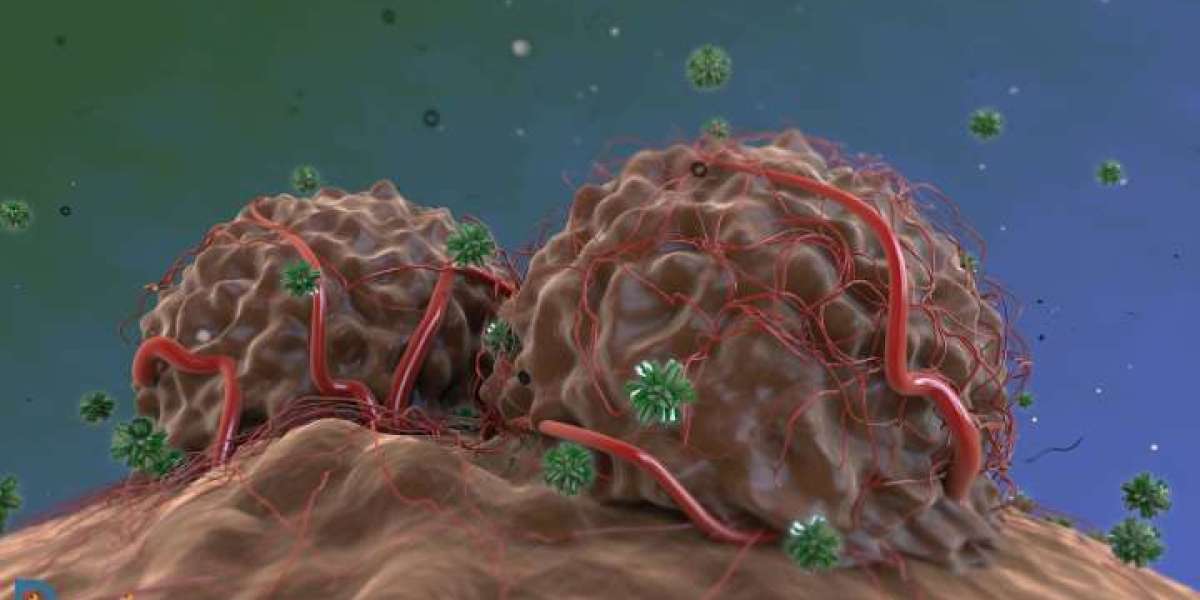1. Understanding the Public Health Burden of NASH
The rise of NASH is closely tied to the global epidemic of obesity, diabetes, and metabolic syndrome. Estimates suggest that NASH affects approximately 3-5% of the global population, with higher rates in individuals with obesity or type 2 diabetes. As the prevalence of these risk factors continues to rise, so does the incidence of NASH. The progression of NASH can lead to significant healthcare costs, including hospitalizations, liver transplants, and long-term management of associated complications.
2. The Need for Increased Awareness
Awareness is critical for early diagnosis and effective management of NASH. Many individuals remain asymptomatic until the disease has advanced, leading to delayed intervention. Moreover, healthcare providers often lack the necessary training to recognize and diagnose NASH, further compounding the issue. Public health campaigns focused on educating both the public and healthcare professionals about NASH, its risk factors, and the importance of early detection are essential for improving outcomes.
3. Implementing Screening and Diagnostic Tools
Routine screening for NASH, especially in high-risk populations, is necessary for early identification. Current diagnostic methods, including liver biopsies and non-invasive tests like elastography, have limitations that need addressing. Promoting the use of non-invasive biomarkers and imaging technologies can facilitate broader screening efforts. Public health initiatives can play a pivotal role in developing guidelines and recommending screening protocols, ensuring that at-risk individuals receive timely assessments.
4. Fostering Lifestyle Modifications
Lifestyle interventions are a cornerstone of NASH management. Weight loss, dietary changes, and regular exercise can significantly improve liver health and halt disease progression. Public health programs should emphasize the importance of healthy lifestyle choices through community-based initiatives, nutritional education, and accessible exercise programs. Engaging local organizations and healthcare providers can amplify these efforts, promoting a culture of wellness and prevention.
5. Advocating for Research and Innovation
The urgency of the NASH epidemic necessitates a strong focus on research and innovation. Public health authorities should advocate for increased funding for NASH research to develop effective therapies and improve understanding of the disease. Collaborations between academic institutions, pharmaceutical companies, and public health organizations can accelerate the discovery of new treatments and expand the knowledge base surrounding NASH.
6. Creating a Multi-Stakeholder Approach
Bridging the gap between awareness and action in NASH requires a collaborative approach involving multiple stakeholders, including public health agencies, healthcare providers, researchers, and patient advocacy groups. By working together, these entities can create comprehensive strategies that address education, screening, lifestyle interventions, and research. Encouraging partnerships can enhance resource sharing and leverage diverse expertise to tackle the NASH epidemic more effectively.
7. Conclusion
NASH represents a significant public health challenge that demands immediate attention. Bridging the gap between awareness and action is critical to improving early detection, management, and prevention strategies. By increasing awareness, implementing screening initiatives, fostering lifestyle modifications, and advocating for research, public health efforts can lead to better outcomes for individuals affected by NASH. A collaborative, multi-stakeholder approach will be vital in driving meaningful change and ensuring that NASH is recognized as a serious public health concern deserving of focused action and resources.
Latest Reports
Age-related Macular Degeneration Market | Alagille Syndrome Market | Alopecia Market | Anal Cancer Market | Atopic Keratoconjunctivitis Akc Market | Burn Market | Chronic Obstructive Pulmonary Disease Market | Epithelioid Sarcoma Market | Healthcare Competitive Benchmarking | Healthcare Subscription Models | Hemodynamic Monitoring Systems Market | Hepatitis D Market | Intracranial Pressure Monitoring Devices Market | Neuroprosthetics Market | Pemphigus Vulgaris Market | Premature Ejaculation Market | Thrombocytopenia Market | 3d Cardiac Mapping System Market | Absssi Market | Absssi Market Size | Acute Pain Market | Aesthetic Implants Market | Allergic Rhinitis Market | Alpha Antitrypsin Market | Angioedema Market | Arthroscopy Devices Market | Athelete’s Foot Market | Automated External Defibrillators Market | Autosomal Recessive Congenital Ichthyosis Market Size | Carcinoid Tumor Market | Chronic Obstructive Pulmonary Disease Copd Market








